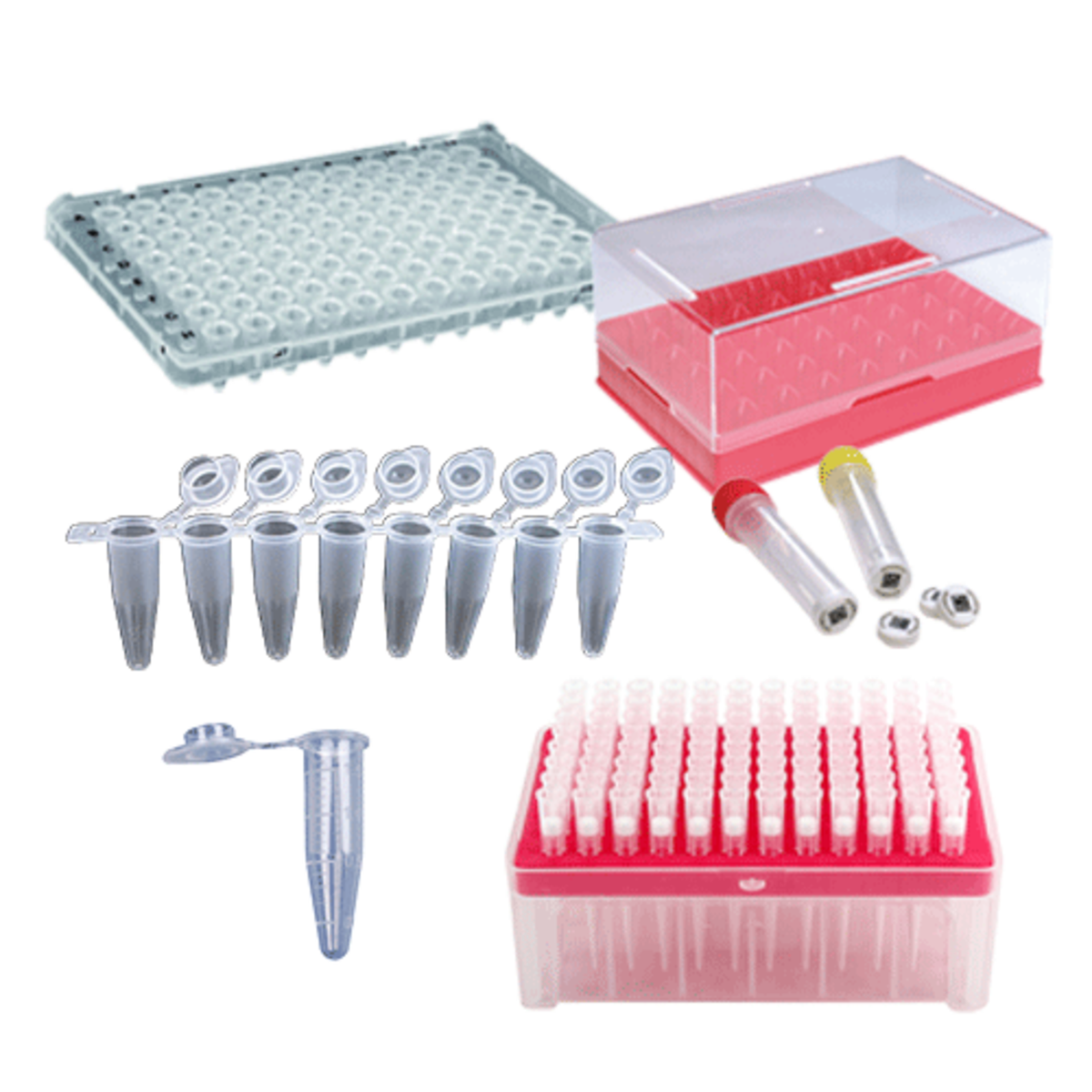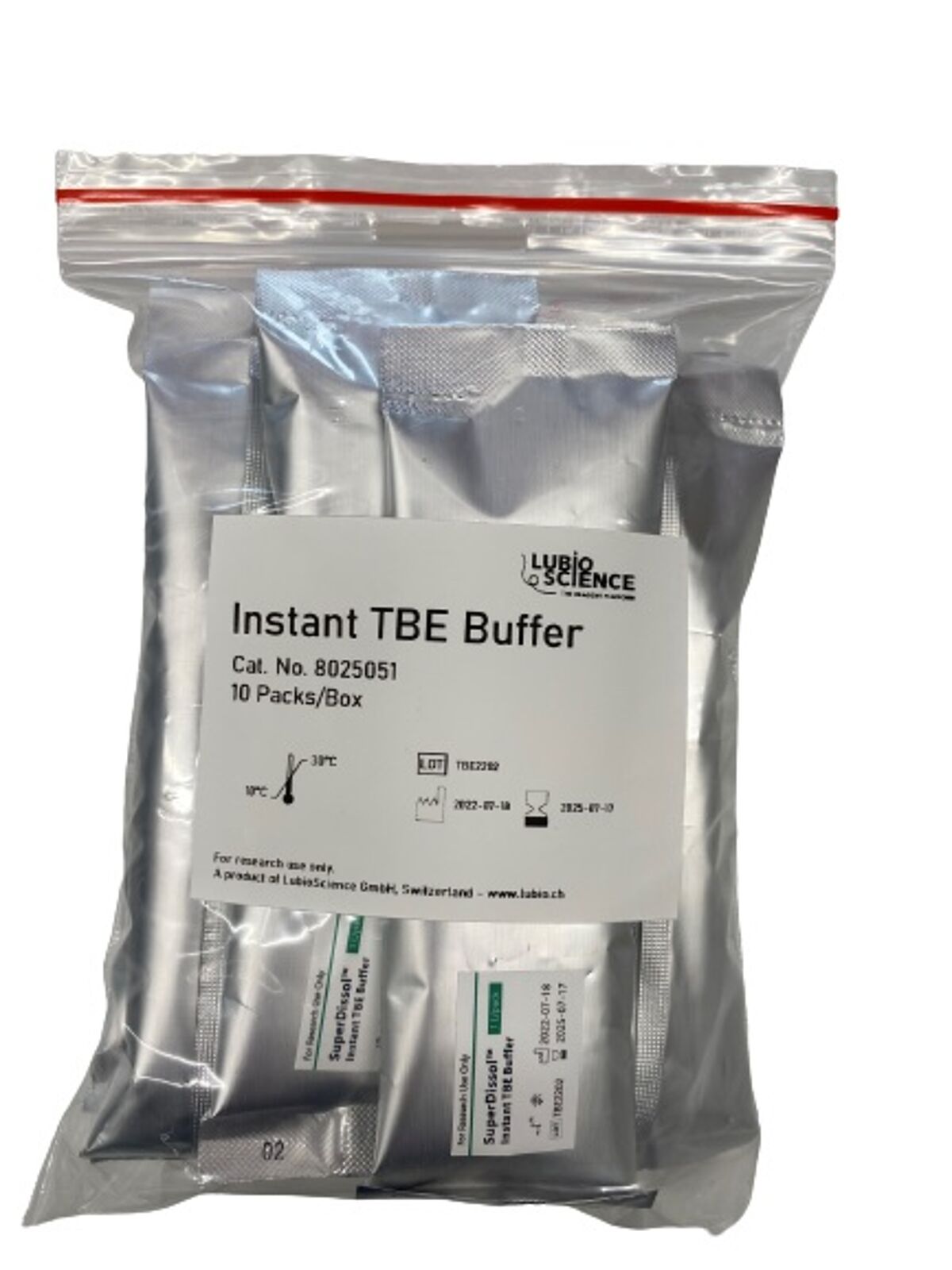Research labs are estimated to produce over 5 million tons of plastic waste per year 1. Much of this consists of single-use items such as serological pipets, microplates, and tips, along with the associated packaging. To reduce the environmental impact of plastic waste, researchers and suppliers are adopting greener working practices. In addition, governments and funding agencies face mounting pressure to incentivize sustainability.
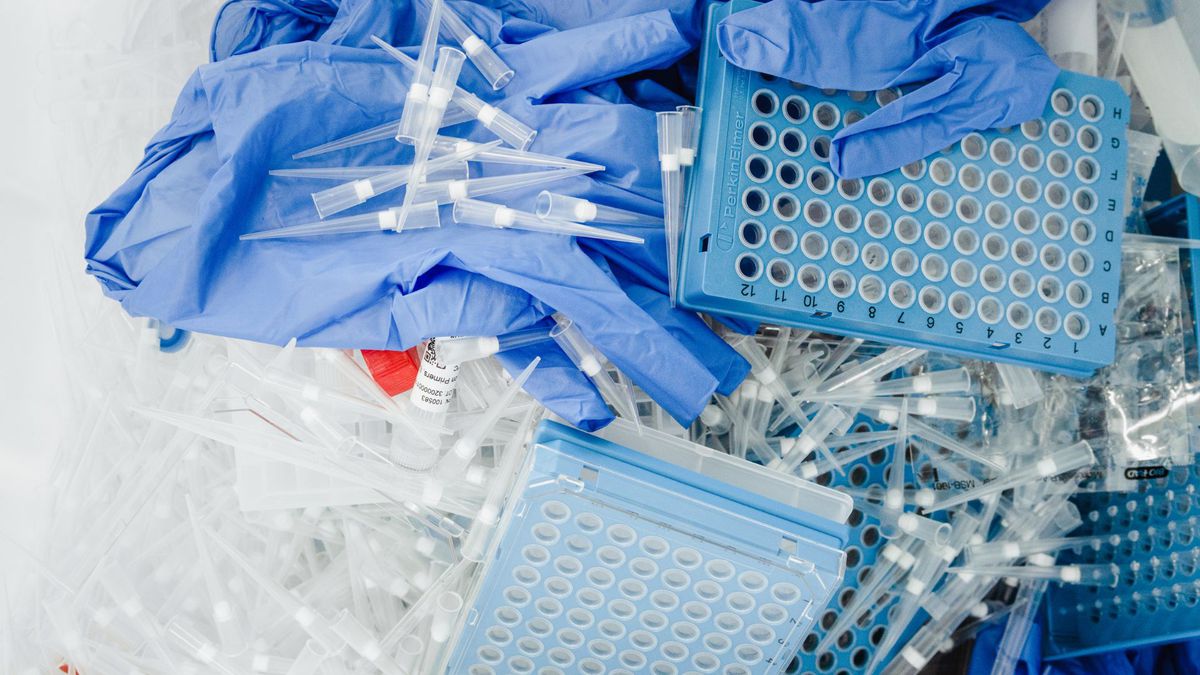
Glass labware has been consigned to the past
While it was once common for researchers to use glass labware, rapid growth within the disposable plastics industry during the 1950s and 60s led to change. Not only was single-use plastic labware regarded as more convenient, but it was also found to provide more reproducible experimental results. For example, using pre-treated plastic culture vessels rather than manually applying coatings to glass culture dishes enabled more consistent cell attachment and proliferation. Glass labware has now largely been phased out, and labs are instead stocked with single-use plastics for a broad range of applications.
Plastic labware is often deemed non-recyclable
A major limitation of single-use plastic labware is that it is deemed non-recyclable. One reason for this is the potentially harmful nature of any contamination, which includes blood, viral particles, and toxic chemicals. Even if a plastic test tube has held only water, it must usually be bagged, autoclaved, and sent to landfill due to having been in a lab environment. Additionally, plastic labware is often made of mixed materials, which most recycling facilities are currently unable to handle. For example, centrifuge tubes typically have a polypropylene body and a high-density polyethylene (HDPE) lid, while tissue culture flasks may feature rubber seals or paper filters to protect cells from contamination.
Tips to reduce plastic waste in the lab
To reduce plastic waste in the lab, researchers need to rethink, reduce, reuse, and recycle. Ways of doing so include the following:
- Scrutinize experimental design
Rethinking how experiments are performed can help to limit the environmental impact of your research. For example, switching from 96-well plates to 384-well plates means more data points per plastic vessel, and can also conserve limited sample material. Using automated microplate washers rather than multichannel pipets for wash steps decreases tip use. And following best pipetting practices will cut the need for repeats.
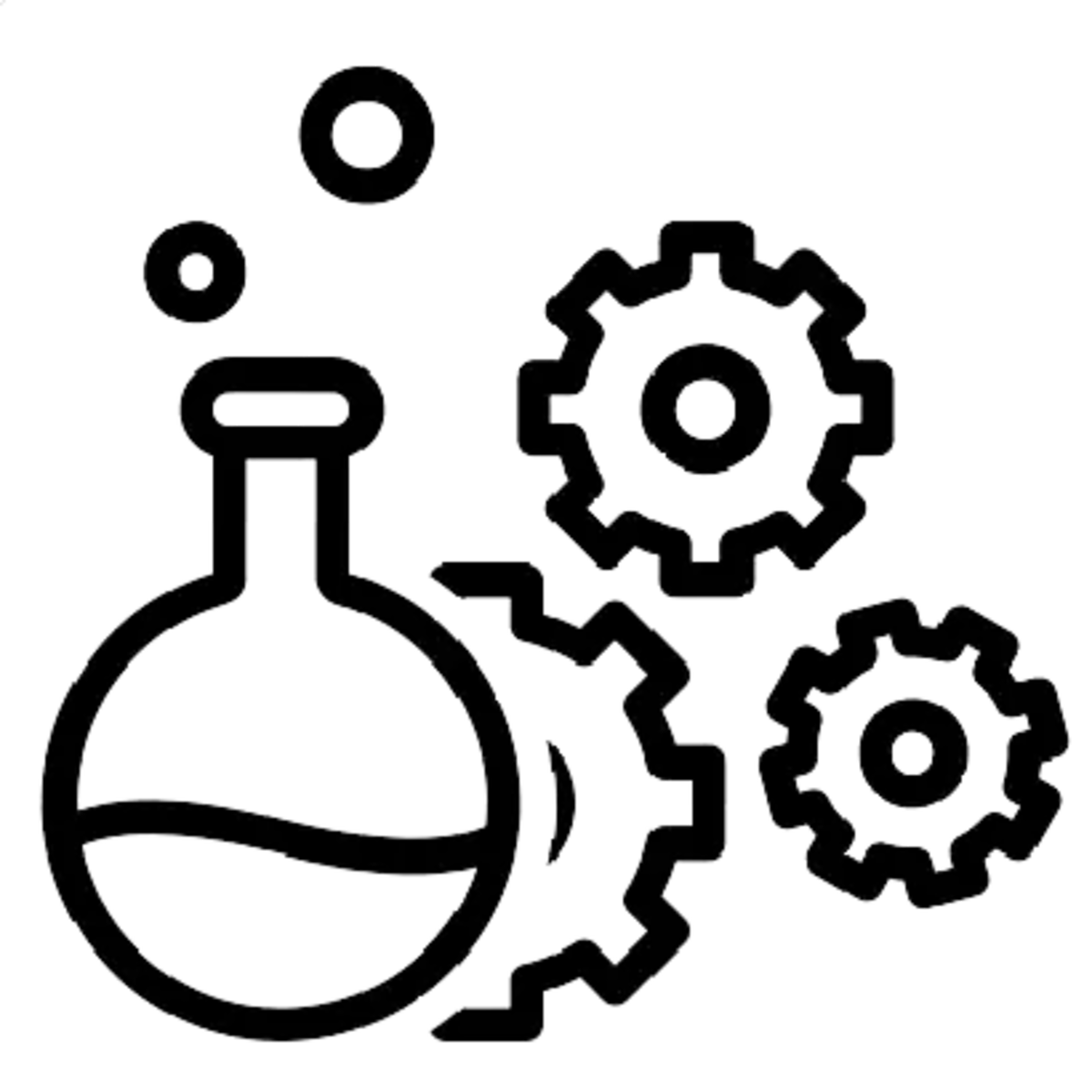
- Consider replacing plasticware with glassware
In certain situations, disposable plastic labware may be reverted back to glassware. For instance, plastic hemocytometers, flow cytometry tubes, and buffer storage bottles can all be replaced with the glass equivalents. However, the latter should always be autoclaved prior to use if sterility is required, and it is important to perform adequate testing to ensure that switching has not compromised results. A major advantage of glass labware over plastic labware is that it is significantly cheaper in the long term.
- Look at ways to reduce packaging waste
A large proportion of plastic waste is made up of packaging. Strategies for reducing this include buying in bulk, which could involve establishing a central consumables repository for use across multiple labs, and finding our whether the manufacturer will accept packaging returns. It is also worth considering whether items such as serological pipets really need to be supplied individually wrapped, as well as investigating the various green packaging options now available for pipet tips, such as refill inserts and eco-friendly racks.
- Think about reusing gloves
Gloves are essential PPE that also serve to protect sample material from contamination. However, you may not need a fresh pair every time you enter the lab. For example, when replacing the wash buffer on a western blot, inserting a new sample tube into a flow cytometer, or downloading data from a plate reader, a single pair of gloves could be reused.
- Switch to using powdered buffers
Although it has long been the norm for researchers to purchase preformulated liquid buffers in plastic bottles, purchasing powdered buffers in pouches is now recognized to be a greener alternative. Available products typically yield 100 mL or 1 L buffer upon the addition of water, and are optimized for quick dissolution, as well as pre-adjusted to a standard pH.
- Purchase flexible kits
Off-the-shelf kits offer many advantages, including ease-of-use and consistent performance. However, kits that are used for standard processes (e.g., determining protein concentrations, measuring pH) may run out of certain components sooner than others. Having the flexibility to purchase individual kit components can help to minimize plastic waste.
- Consider washing or repurposing plasticware
Provided plasticware has not come into contact with biohazardous substances, it can often be rinsed and reused. For example, reagent reservoirs that have held only phosphate buffered saline (PBS) for washing ELISA plates can be washed with distilled water and left to air dry, while centrifuge tubes can be redeployed as balances and tip boxes repurposed for storing aliquoted reagents.
- Keep up to date with the latest sustainability initiatives
With sustainability being a primary focus of multiple global industries, it is essential that research and development organizations don’t fall behind. The number of novel solutions to existing problems continues to rise, providing ample opportunities for labs to minimize their environmental footprint. Recent efforts to reduce plastic waste include the development of a new type of cell culture dish with a culture area equivalent to three petri dishes but that is on average 61% lighter and occupies 67% less volume, and the 2017 launch of the ACT label by My Green Lab to improve purchasing decision-making for laboratory products 2,3.
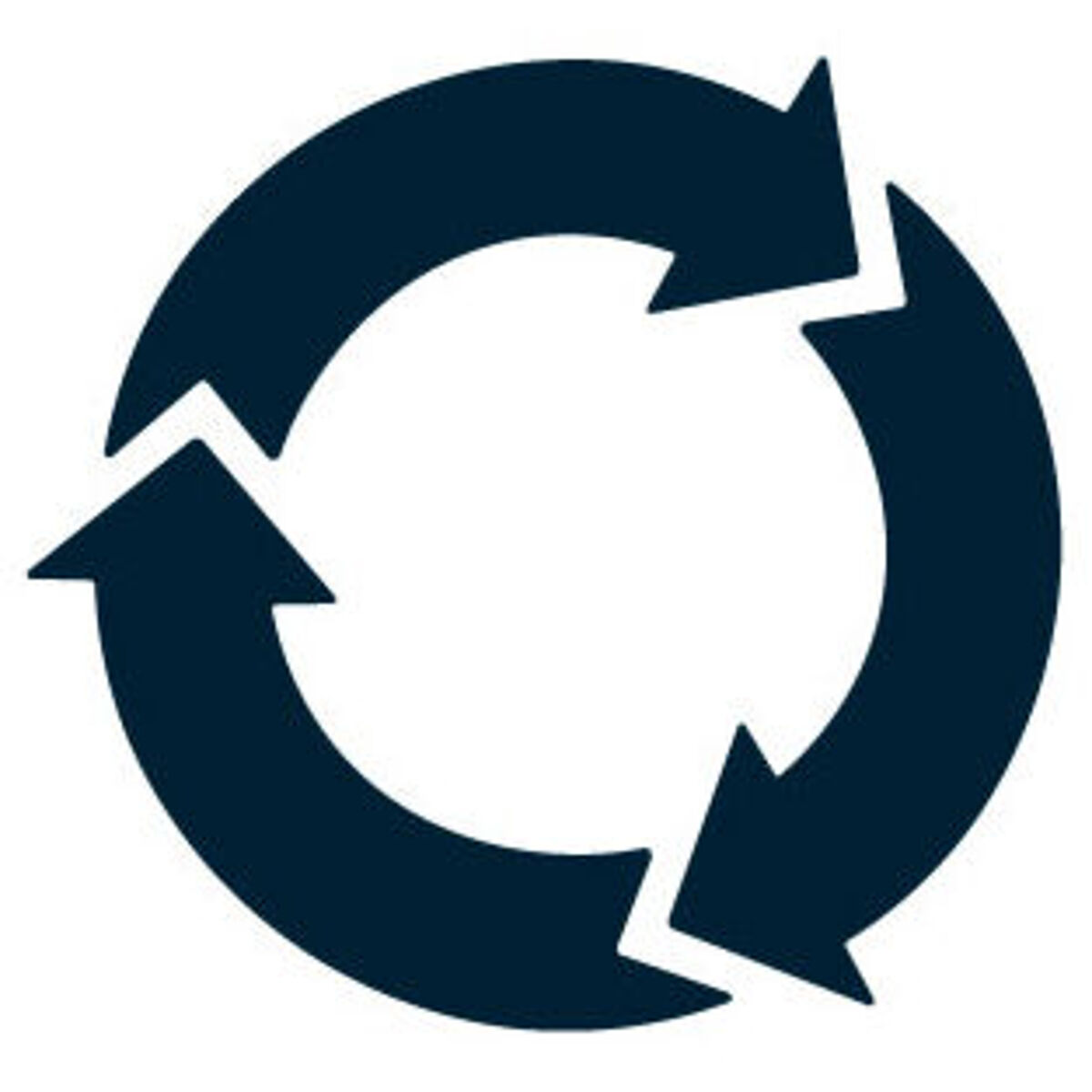
LubioScience represents some of the most trusted brands in research and works closely with partners who are committed to reducing plastic waste in the lab. Contact us today to discuss how we can support your project.
Read more about our contribution to the enviroment:
Refrences
- Urbina, M., Watts, A. and Reardon, E. Labs should cut plastic waste too. Nature 528, 479 (2015).
- Réu P, Svedberg G, Hässler L, et al. A 61% lighter cell culture dish to reduce plastic waste. PLoS One. 2019;14(4).
- https://act.mygreenlab.org/
- Image 1. Lab Waste: https://www.gaiaca.com/how-to-dispose-of-chemical-lab-waste/

